Nearly everyone has seen sedges growing wild, but most people probably think of them as grasses. Sedges are close relatives of grasses, but are not grasses, and there are certain differences in the structure and form between grasses and sedges that make them easy to tell apart.
This page will first explain what a sedge is, how to distinguish sedges from grasses and other close relatives (like rushes), and then give specific examples of sedges, including common ones that you have likely seen if you live in Eastern North America, the area covered by this article.


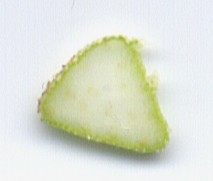
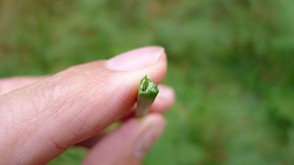
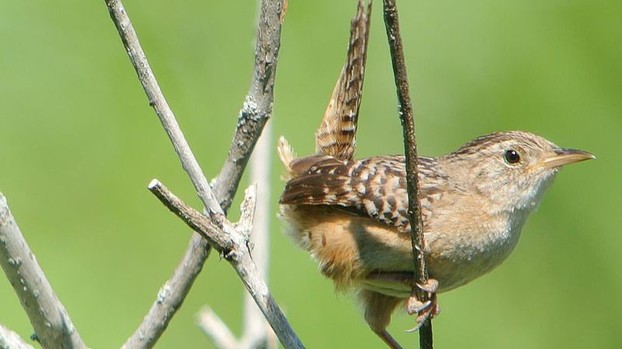
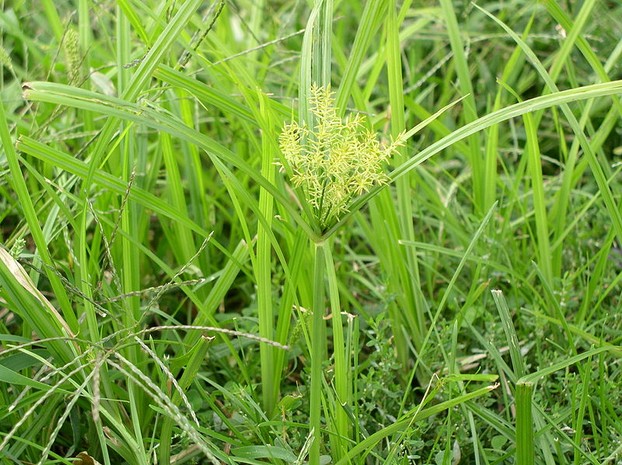
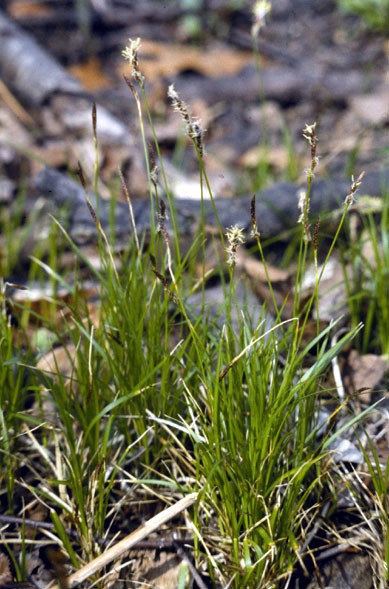

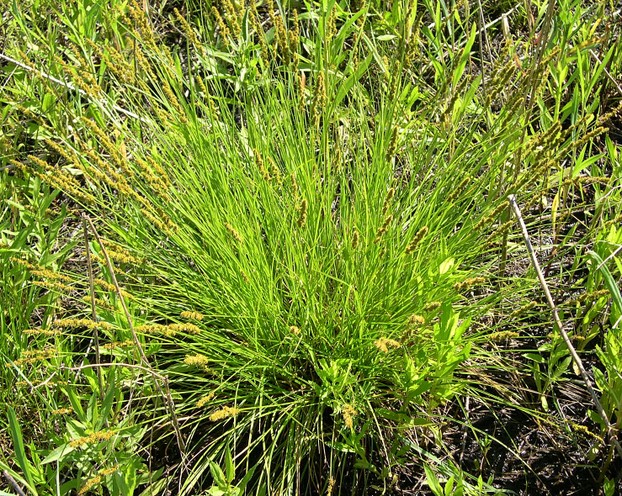



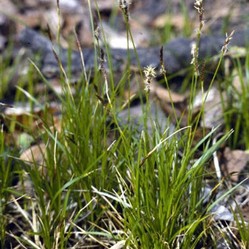

 The Shaming of Femininity and Elevation of Masculinityon 07/13/2017
The Shaming of Femininity and Elevation of Masculinityon 07/13/2017
 What is Genderqueer or Non-Binary Gender?on 10/16/2015
What is Genderqueer or Non-Binary Gender?on 10/16/2015
 Resources for Learning Spanish Free Onlineon 04/13/2016
Resources for Learning Spanish Free Onlineon 04/13/2016
 Ways Native Plants Can Help Control Invasive Plantson 05/26/2016
Ways Native Plants Can Help Control Invasive Plantson 05/26/2016

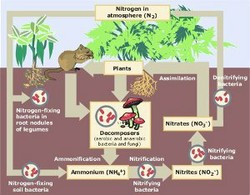
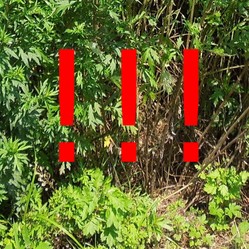
Questions? Comments? Feedback?
I would have just called all of these grass. Informative piece.
A very useful article that concentrated my mind on an area of botany that I did not know as well as I might have done.